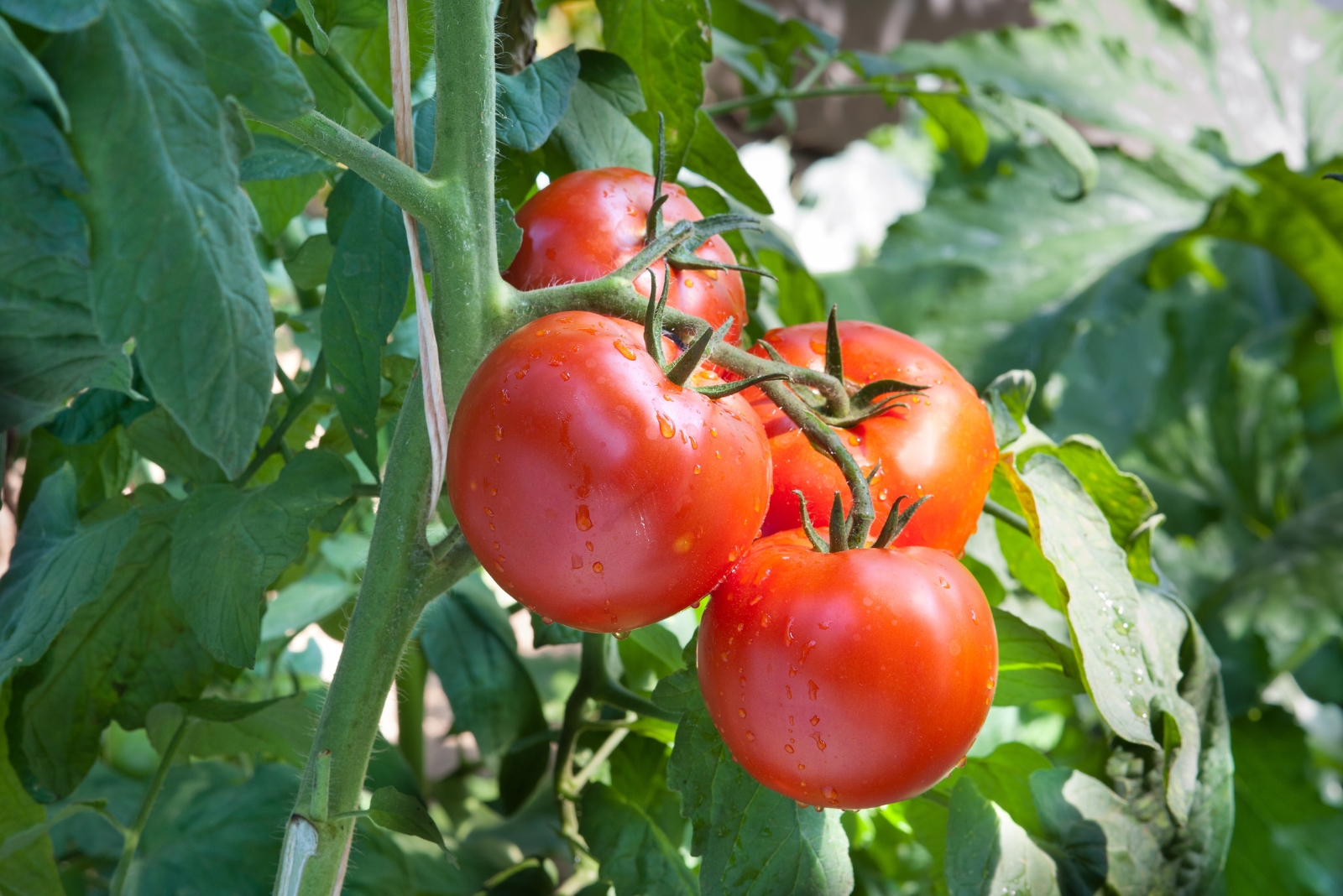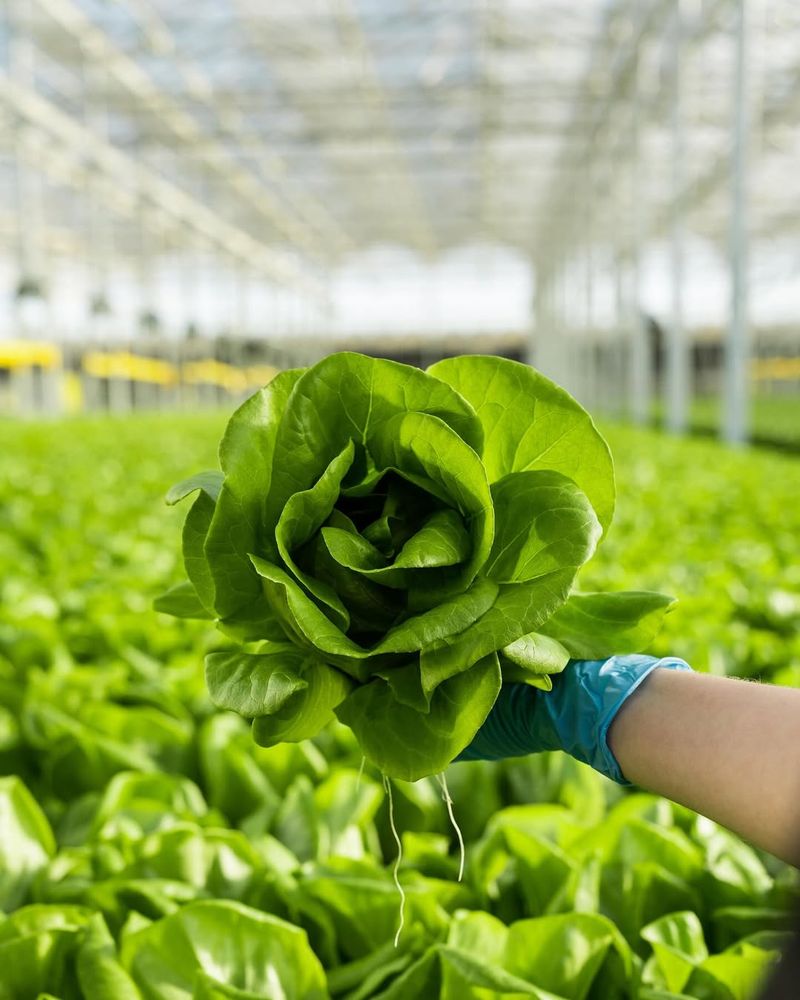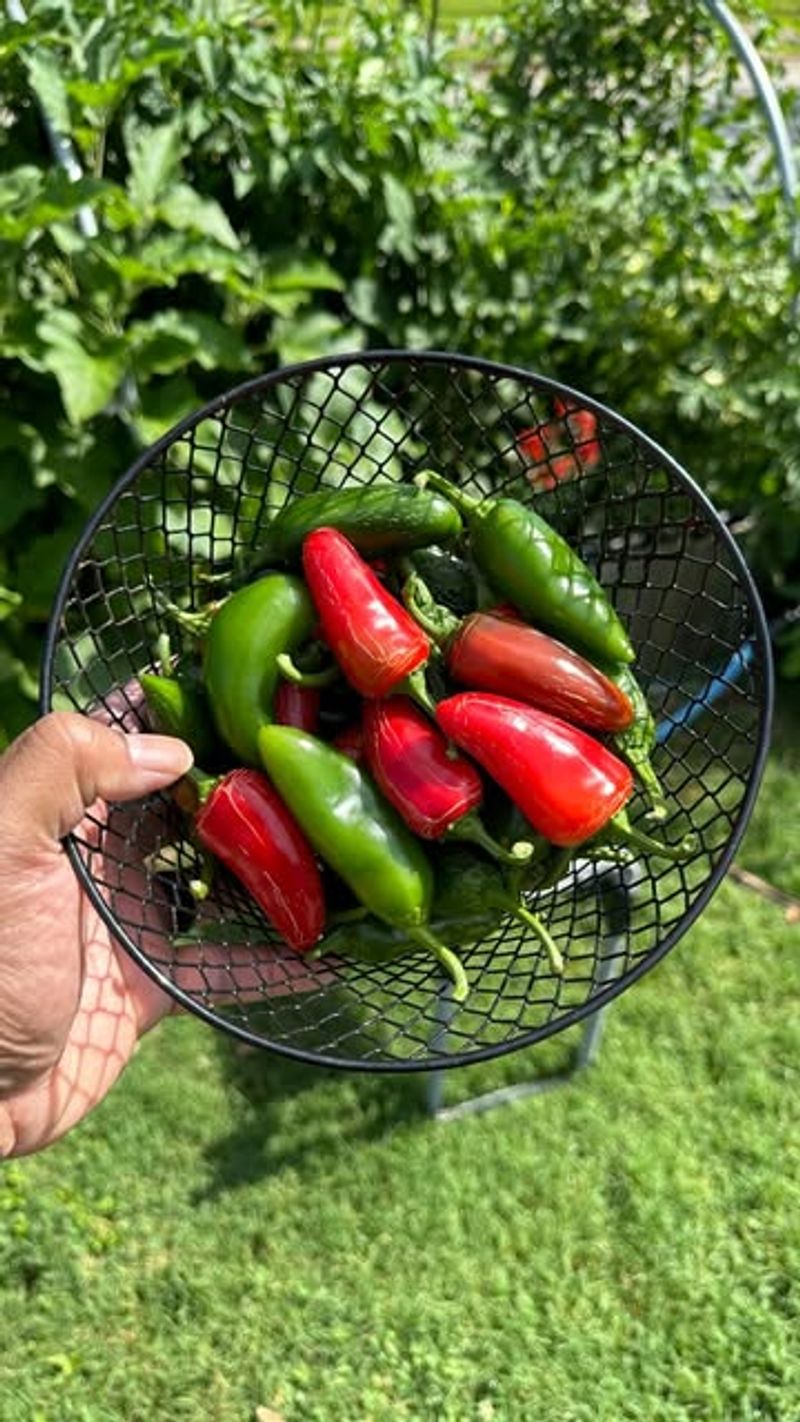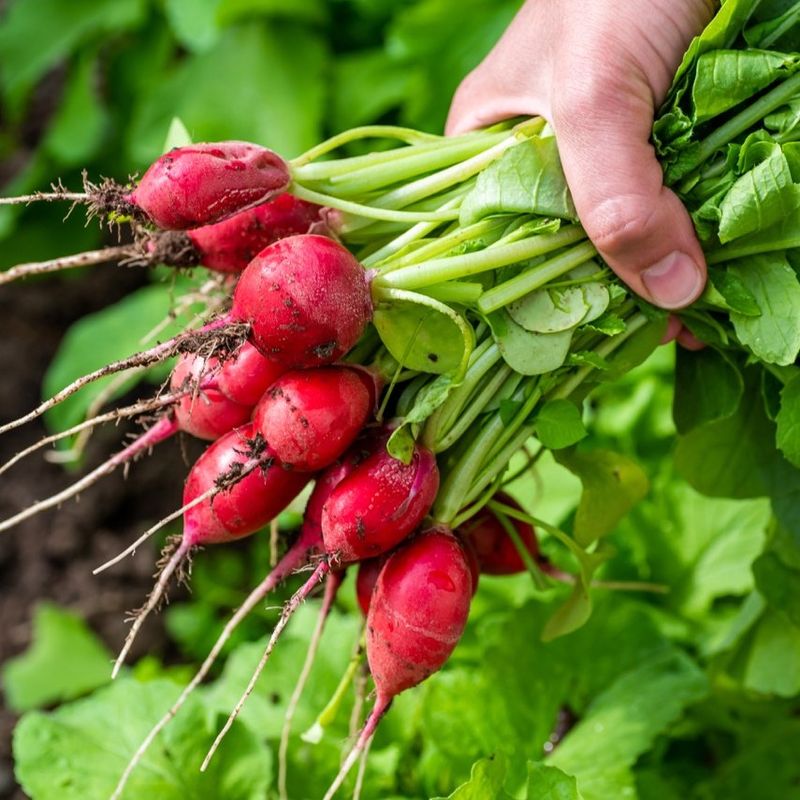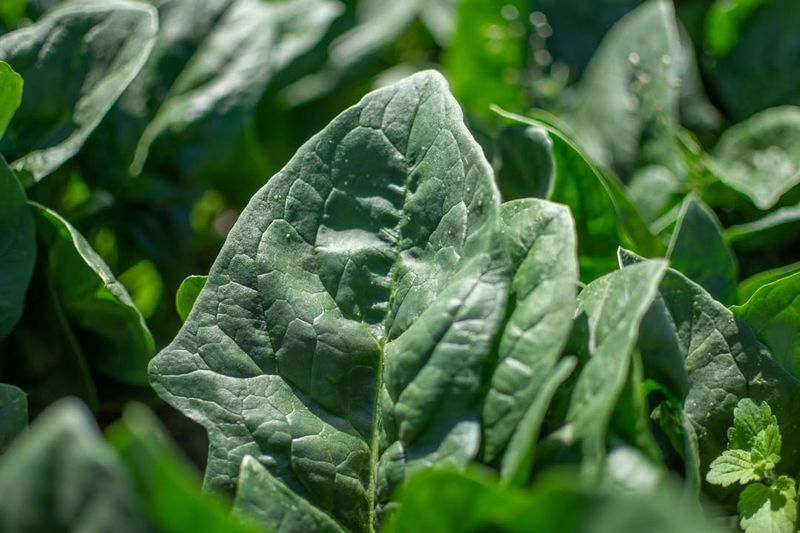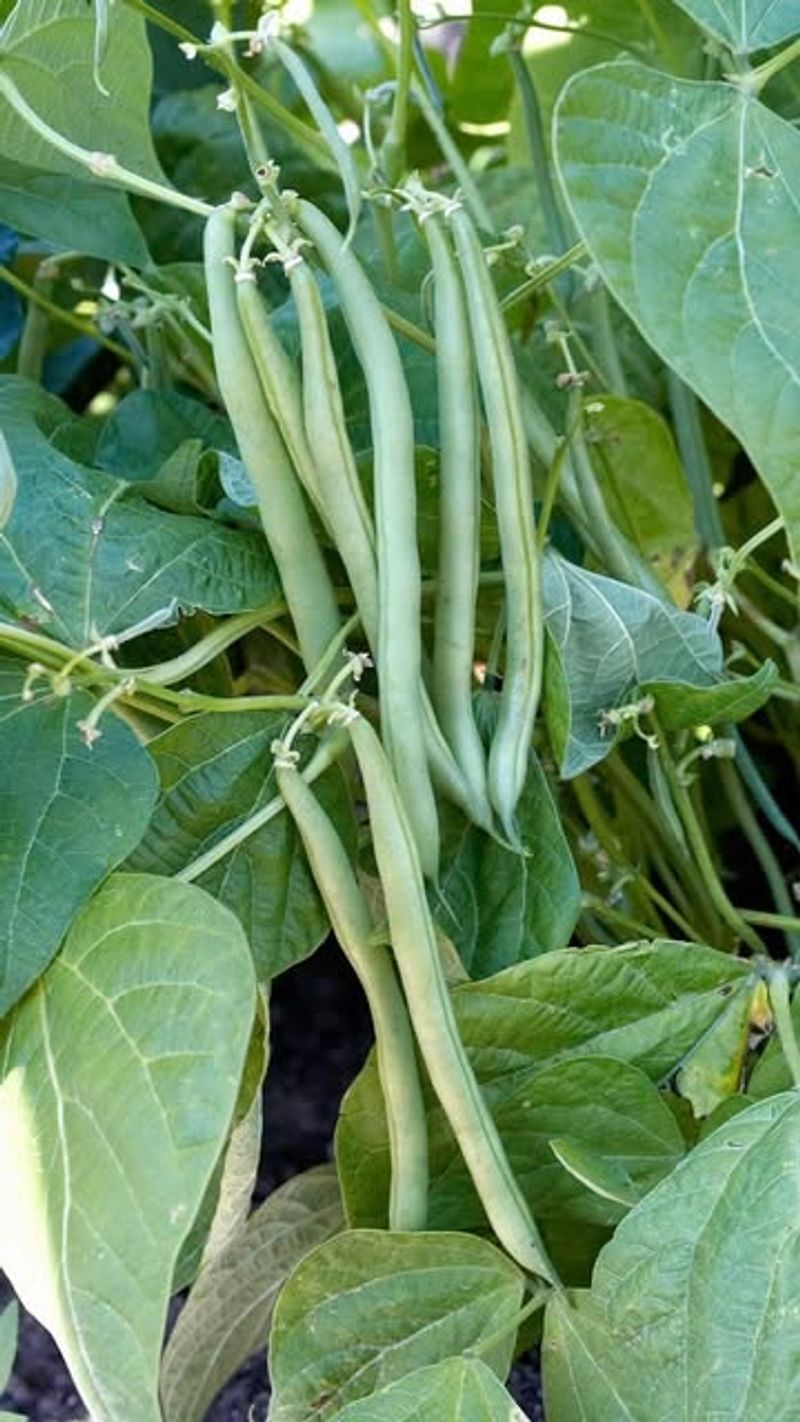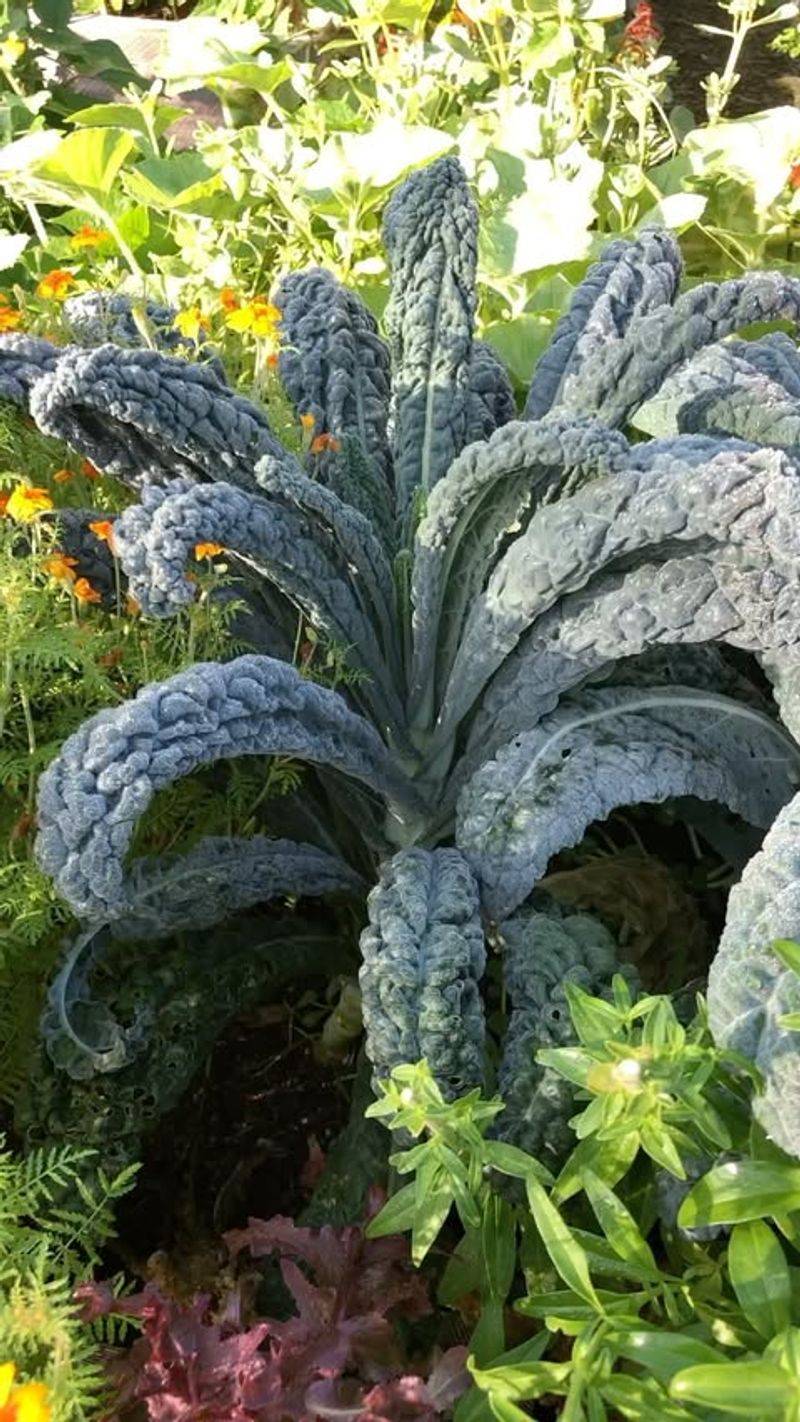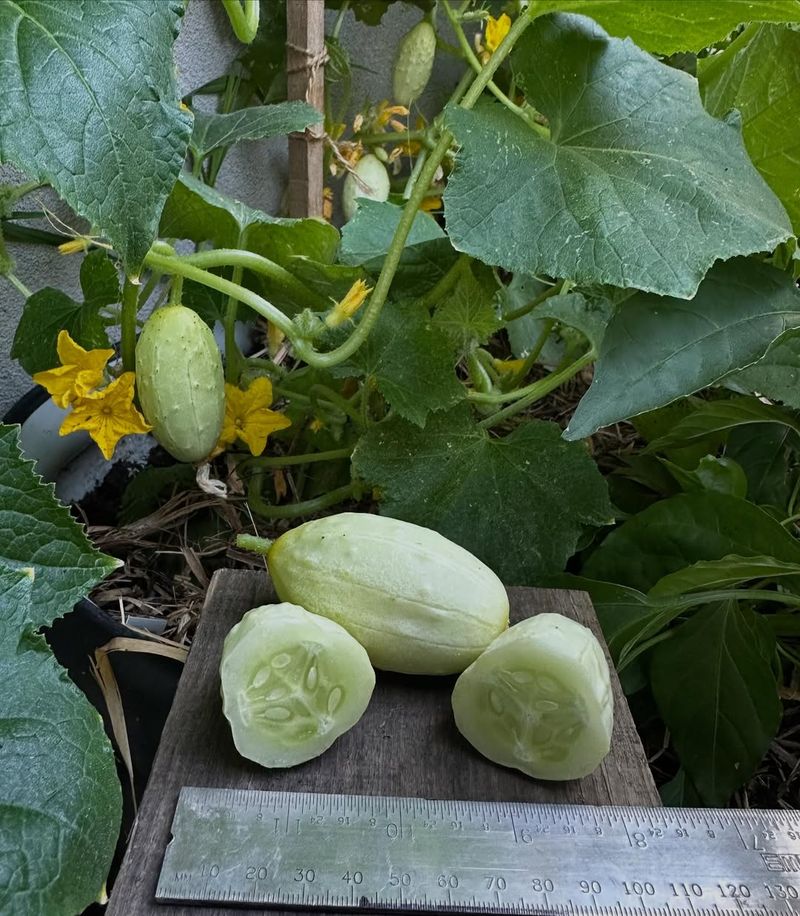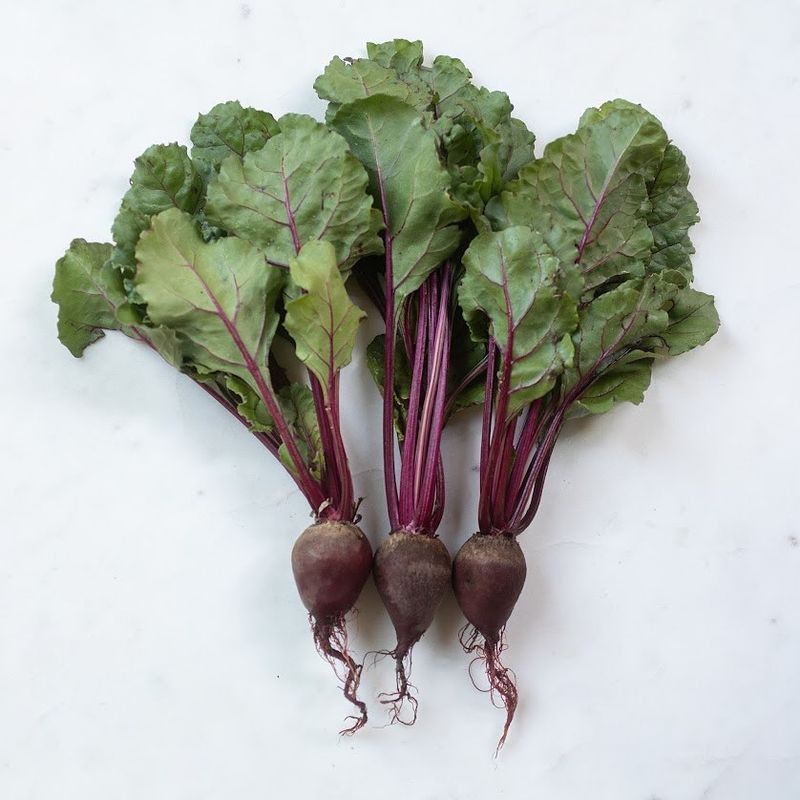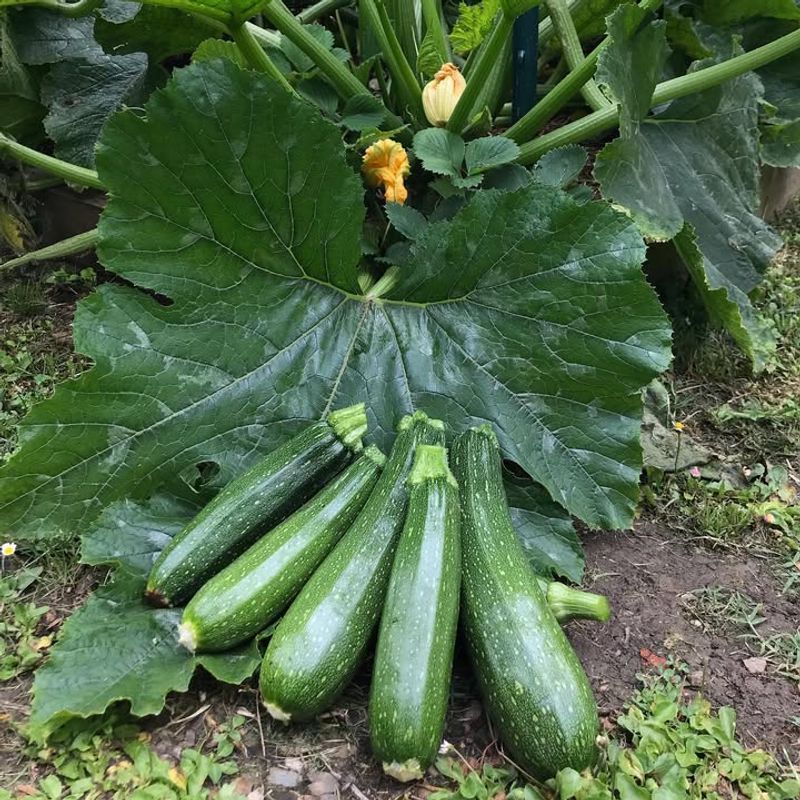Bucket gardening makes it easy to grow fresh veggies in Kansas no matter the season. I started with a few containers on my patio and was amazed at how productive they became.
From leafy greens to juicy tomatoes, the options are endless. Once you try it, you’ll wonder why you didn’t start sooner.
1. Tomatoes
Juicy, sun-ripened tomatoes taste incredible when you pick them straight from your own bucket. Cherry and determinate varieties work best since they don’t need tons of space to spread out.
Kansas gardeners love starting tomatoes after the last frost in spring, usually around mid-April. You’ll need a five-gallon bucket with drainage holes and a sturdy cage for support.
Water regularly during hot summer months, and you’ll be enjoying fresh salsa and sandwiches all season long.
2. Lettuce
Crisp salad greens grow surprisingly fast in buckets, making them perfect for beginners. Leaf lettuce varieties mature in just four to six weeks, giving you quick results that boost your gardening confidence.
Plant lettuce in early spring or fall when Kansas temperatures stay cooler. Hot summer weather makes lettuce taste bitter and bolt quickly.
Keep the soil moist but not soggy, and harvest outer leaves regularly to encourage more growth throughout the season.
3. Peppers
Sweet bell peppers and spicy jalapeños thrive in bucket gardens across Kansas. Both types love warm weather and produce heavily when given proper care and sunshine.
Start pepper plants after soil warms up completely, typically late May in most Kansas areas. Use at least a three-gallon bucket for compact varieties or five-gallon for larger plants.
Feed them regularly with balanced fertilizer, and you’ll harvest colorful peppers from July through the first fall frost.
4. Radishes
Lightning-fast radishes go from seed to plate in about three weeks, making them incredibly rewarding for impatient gardeners. Their peppery crunch adds zip to salads and tacos without requiring much effort.
Kansas gardeners can plant radishes in spring and fall, avoiding the hottest summer months. Even a small two-gallon bucket provides enough room for a decent harvest.
Thin seedlings early so each radish has space to develop properly and stays tender instead of woody.
5. Carrots
Crunchy homegrown carrots beat store-bought versions every time, especially when you grow shorter varieties designed for containers. Choose types like Thumbelina or Paris Market that mature at three to four inches long.
Deep buckets work best since carrots need room to grow downward without hitting obstacles. Kansas soil can be rocky, but bucket gardening solves that problem completely.
Keep soil consistently moist during germination, which takes about two weeks in spring or fall conditions.
6. Spinach
Nutritious spinach leaves grow like crazy in cool Kansas weather, providing fresh greens for smoothies and salads. This powerhouse vegetable tolerates light frost, extending your growing season significantly.
Plant spinach in early spring or late summer for best results across Kansas. Hot weather causes spinach to bolt and turn bitter quickly.
Harvest outer leaves first while letting the center continue producing. One bucket can feed your family for weeks with proper care and regular picking.
7. Green Beans
Bush bean varieties produce impressive harvests without climbing structures, making them ideal for bucket gardening. Their crisp pods appear about fifty days after planting, rewarding your patience with delicious results.
Kansas gardeners should plant beans after the last spring frost when soil feels warm to the touch. Cold, wet soil causes seeds to rot before sprouting.
Pick beans regularly to encourage more production, and you’ll enjoy fresh vegetables throughout the summer months in Kansas.
8. Kale
Hardy kale laughs at Kansas cold snaps and actually tastes sweeter after frost touches its leaves. This superfood vegetable keeps producing even when other plants have given up for the season.
Start kale in late summer for fall and winter harvests across Kansas. It handles temperature swings better than most vegetables in bucket gardens.
Remove lower leaves as they yellow, and the plant keeps growing upward. Some Kansas gardeners harvest kale well into December.
9. Cucumbers
Refreshing cucumbers grow surprisingly well in buckets when you choose compact or bush varieties. Their crisp texture and mild flavor make them perfect for summer snacking and pickling projects.
Plant cucumber seeds or transplants after Kansas soil warms completely in late spring. They’re sensitive to cold and won’t tolerate any frost whatsoever.
Provide consistent moisture and harvest cucumbers when they’re medium-sized. Oversized cucumbers taste bitter and contain too many large seeds inside.
10. Swiss Chard
Gorgeous Swiss chard brings vibrant color to your Kansas bucket garden while providing nutritious greens for months. Rainbow varieties feature stems in red, yellow, orange, and pink that look almost too pretty to eat.
Plant chard in spring or late summer for extended harvests. It tolerates both heat and cold better than many leafy vegetables.
Cut outer leaves regularly, leaving the center to continue growing. One plant produces for weeks, making it incredibly productive in limited space.
11. Beets
Versatile beets give you two harvests in one since both roots and greens taste delicious. The earthy-sweet roots roast beautifully, while tender young leaves work perfectly in salads.
Kansas gardeners can plant beets in spring and again in late summer for fall harvest. They prefer cooler weather but tolerate summer heat reasonably well.
Thin seedlings to three inches apart so each beet develops properly. Crowded beets stay small and never reach their full potential in buckets.
12. Zucchini
Prolific zucchini plants produce so many squash that you’ll be sharing with neighbors throughout the Kansas summer. Compact bush varieties work best for bucket growing since traditional types spread everywhere.
Plant zucchini after all frost danger passes in late spring. Use a five-gallon bucket minimum since these plants grow large and need substantial root space.
Check plants daily during peak season because zucchini grows incredibly fast. Harvest when fruits reach six to eight inches for best flavor and texture.

